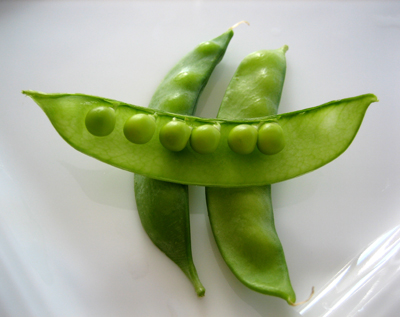
Photo by: D3
Ingredients
* 5 lbs grated pumpkin flesh
* 3-1/4 lbs finely granulated sugar
* 1/2 oz citric acid
* 1 tsp yeast nutrient
* 1/4 tsp yeast energizer
* 6-1/2 pts water
* wine yeast (see note below)
Procedure
Bring the water to a boil and stir in the sugar until dissolved. Remove from heat.
Bring the water to a boil and stir in the sugar until dissolved. Remove from heat.
Place grated pumpkin flesh in primary and pour boiling water over pumpkin.
Allow to cool to room temperature and add citric acid, yeast nutrient and activated yeast.
Cover primary and stir daily for three days, submerging "cap" as necessary.
Pour through a nylon straining bag and let pumpkin drip drain.
Transfer to secondary and fit airlock. After 5 days, top up if necessary.
Rack after two weeks and again after additional 30 days, topping up and refitting airlock each time.
Set aside for 3 months and then rack, stabilize, sweeten if desired, wait 10 days for dead yeast to fall out, and rack into bottles.
Note: This is Leo Zanelli's recipe and he swears by it. The sugar is high and will produce either an 18% alcohol dry wine or a lower alcohol sweet wine, depending on what yeast you use. If you want the high alcohol, use a high alcohol yeast such as Lalvin K1V-1116 (Montpellier) or Wyeast 3347 (Eau de Vie), both of which can handle the extreme sugar. If you want moderate alcohol but sweet wine, use Red Star Cote des Blancs for 13% alcohol with 5% residual sugar. For slightly less sweet, use Lalvin 71B-1122 (Narbonne), ICV-D47 (Cotes-du-Rhone), Lalvin Simi-White, or White Labs WLP730 Chardonnay White Wine for 14% alcohol and 4% residual sugar, or Lalvin AMH (Assmanshausen), Lalvin BGY (Burgundy), Lalvin CY3079, Lalvin ICV-D80 (Cote Rotie), or White Labs WLP720 Sweet Mead/Wine for 15% alcohol and 3% residual sugar.
[Adapted from Leo Zanelli's Home Winemaking from A to Z with modifications by Jack Keller]
Source: Jack Keller
Source: Jack Keller





